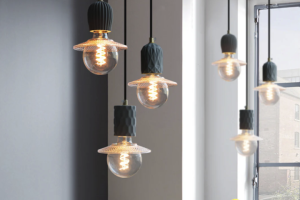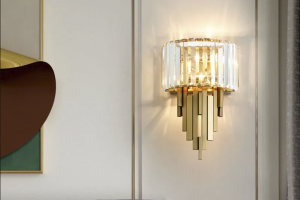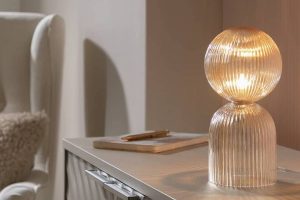The History of Circle Paint
Circle paint has been used for centuries as a decorative element, often found in ancient cave paintings and frescoes. The use of circle paint in modern times dates back to the early 20th century, when renowned artists such as Piet Mondrian and Wassily Kandinsky began incorporating geometric shapes in their work. The circle, in particular, became a symbol of unity, balance, and harmony.
The Benefits of Circle Paint on Walls
The use of circle paint on walls can transform a space into a work of art. The circular patterns create a sense of movement, rhythm, and balance in a room. Additionally, circle paint can be used to accentuate architectural details, such as columns or arches, or to create a focal point in a space.
One of the primary benefits of circle paint on walls is its versatility. Circle paint can be used on any surface, including drywall, plaster, and stone. It can also be used in a variety of settings, from residential homes to commercial spaces, such as restaurants and hotels.
How to Create Circle Paint on Walls
Creating circle paint on walls involves using a variety of tools and techniques to achieve the desired effect. Here are some steps to get you started:
1. Plan the design: Before you begin, decide on the layout and pattern of the circles. Consider the size and shape of the wall, as well as the colors and textures of the paint you will be using.
2. Prep the surface: Clean the wall thoroughly and repair any cracks or holes. Apply a primer if necessary.
3. Mark the circles: There are a variety of methods for marking circles, including using a compass or stencil, or making your own templates from cardboard or paper.
4. Paint the circles: Start by painting the outline of the circles with a small brush or roller. Next, fill in the circles with paint using a larger brush or roller. Be sure to use a steady hand and smooth strokes.
5. Add details: Once the circles are painted, you can add details such as shading or highlights to create depth and dimension.
Circle Paint Design Ideas
There are countless ways to incorporate circle paint into your interior design. Here are some ideas to get your creative juices flowing:
1. Mix and match: Combine different sizes, colors, and patterns of circles to create a playful and eclectic look.
2. Tone on tone: Use different shades of the same color to create a subtle, yet sophisticated, look.
3. Metallic accents: Add a touch of glamor with metallic finishes, such as gold or silver.
4. Geometric shapes: Mix circles with other geometric shapes, such as triangles or squares, for a bold and modern look.
Conclusion
Circle paint on walls can transform any space into a work of art. Whether you choose a simple monochromatic pattern or an intricate, colorful design, the circular patterns can create a sense of harmony, balance, and movement. With a little bit of creativity and a steady hand, you can unleash the beauty of circle paint on your own walls.




More Posts
Stunning Vintage Opaline Lights: Illuminating Homes with Timeless Elegance
Bringing Versatility to Light: Exploring the Benefits of Dual Light Technology
Shining Light on E14 Bulbs: The Ultimate Guide to Understanding and Using Them